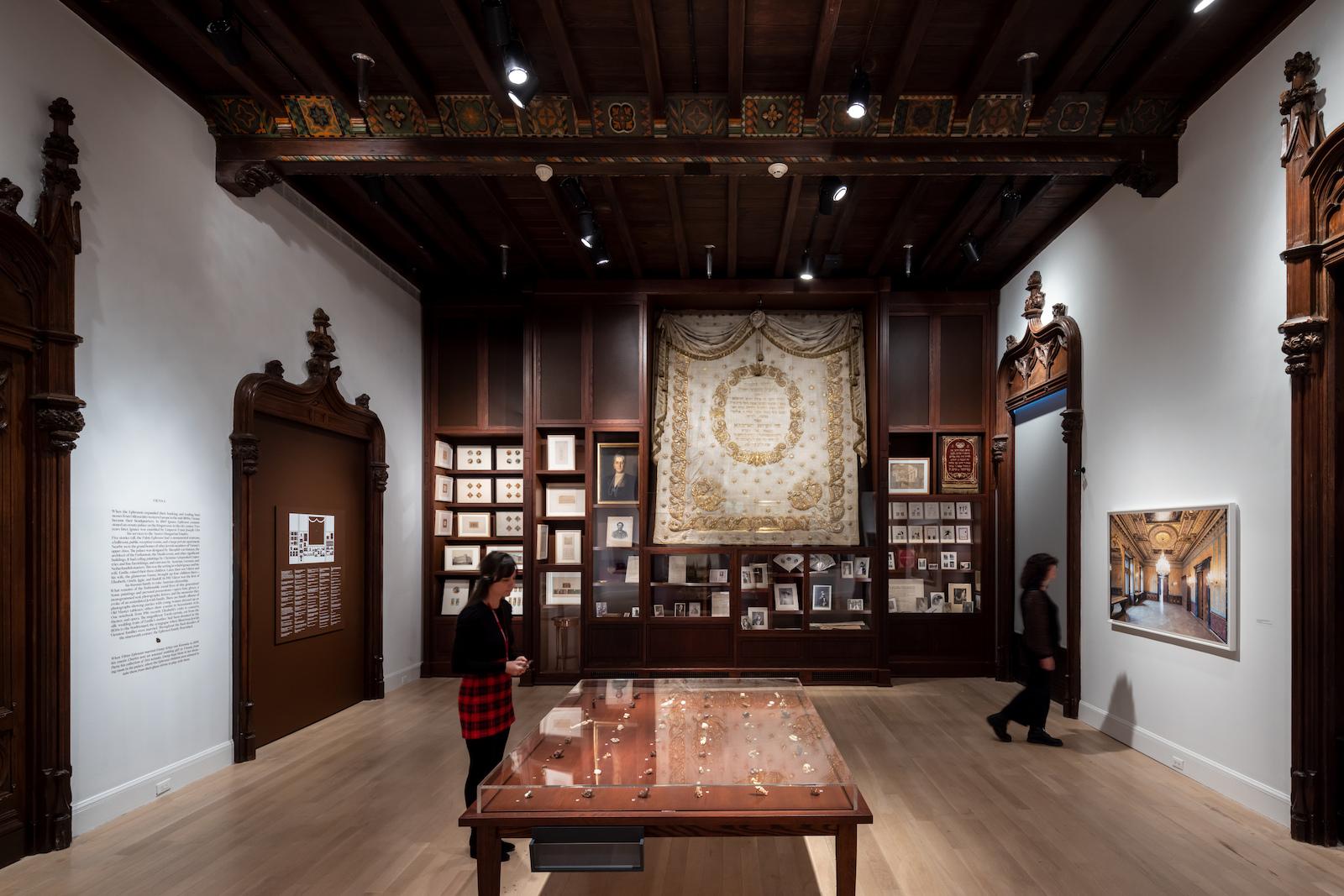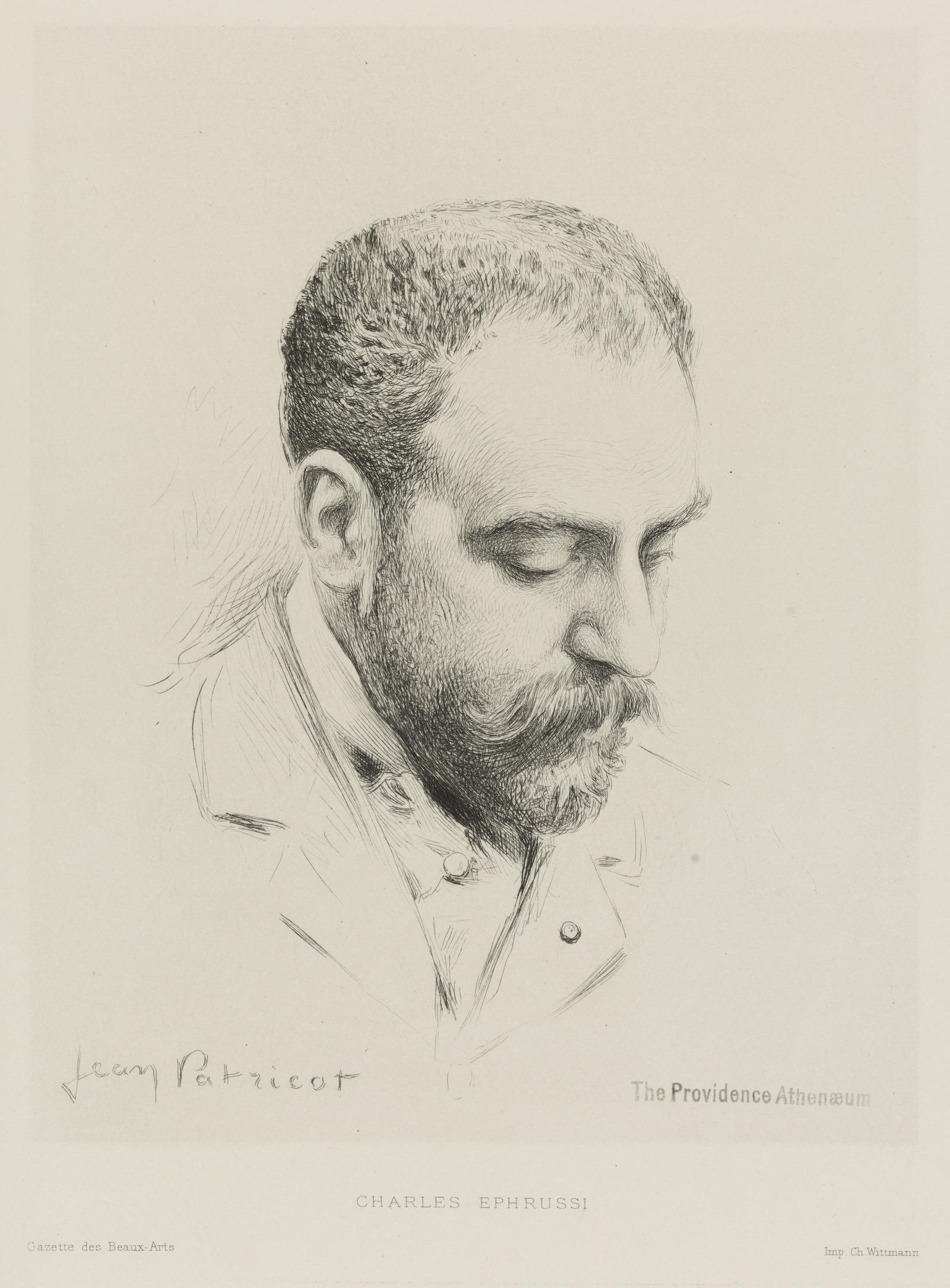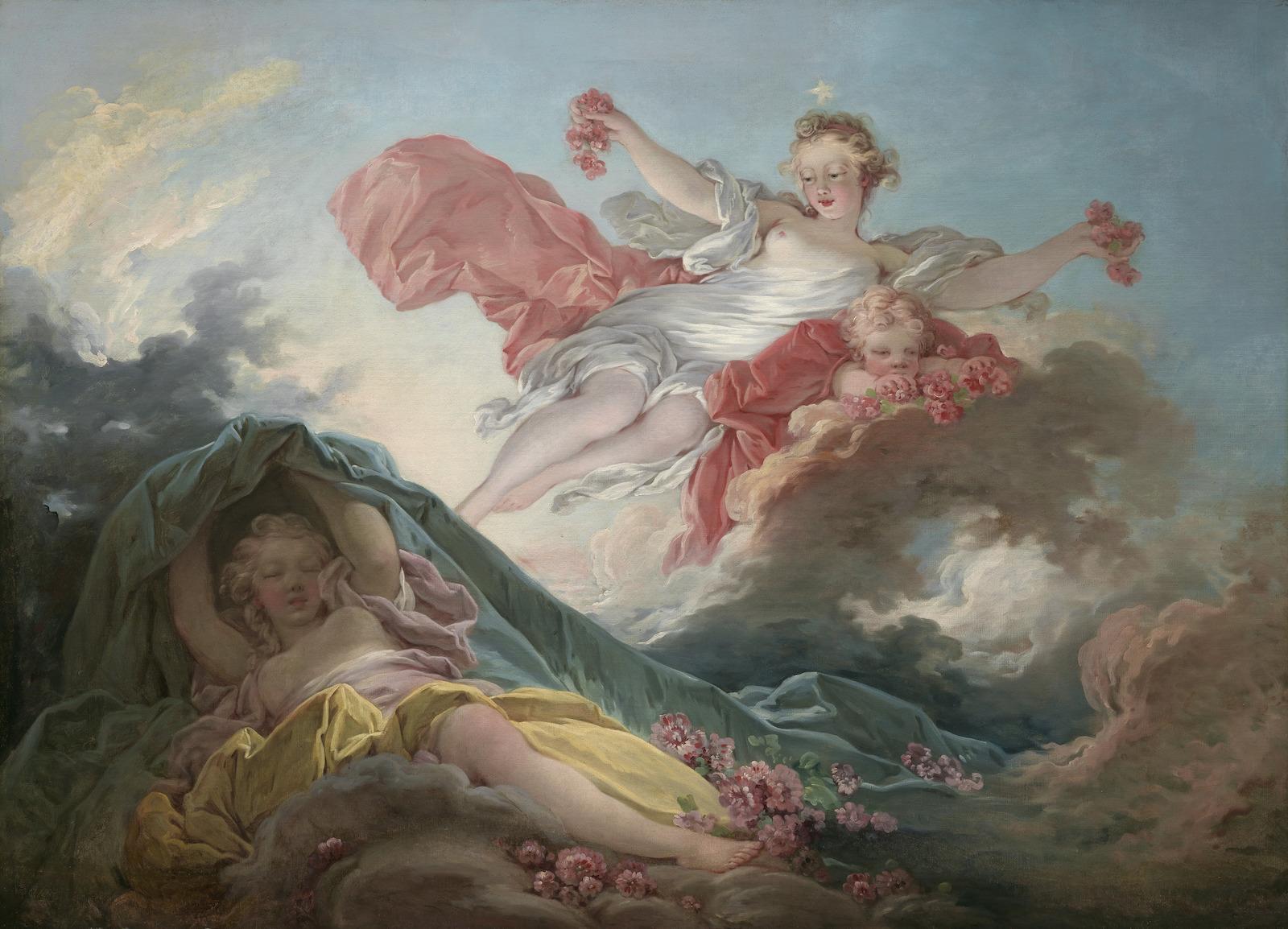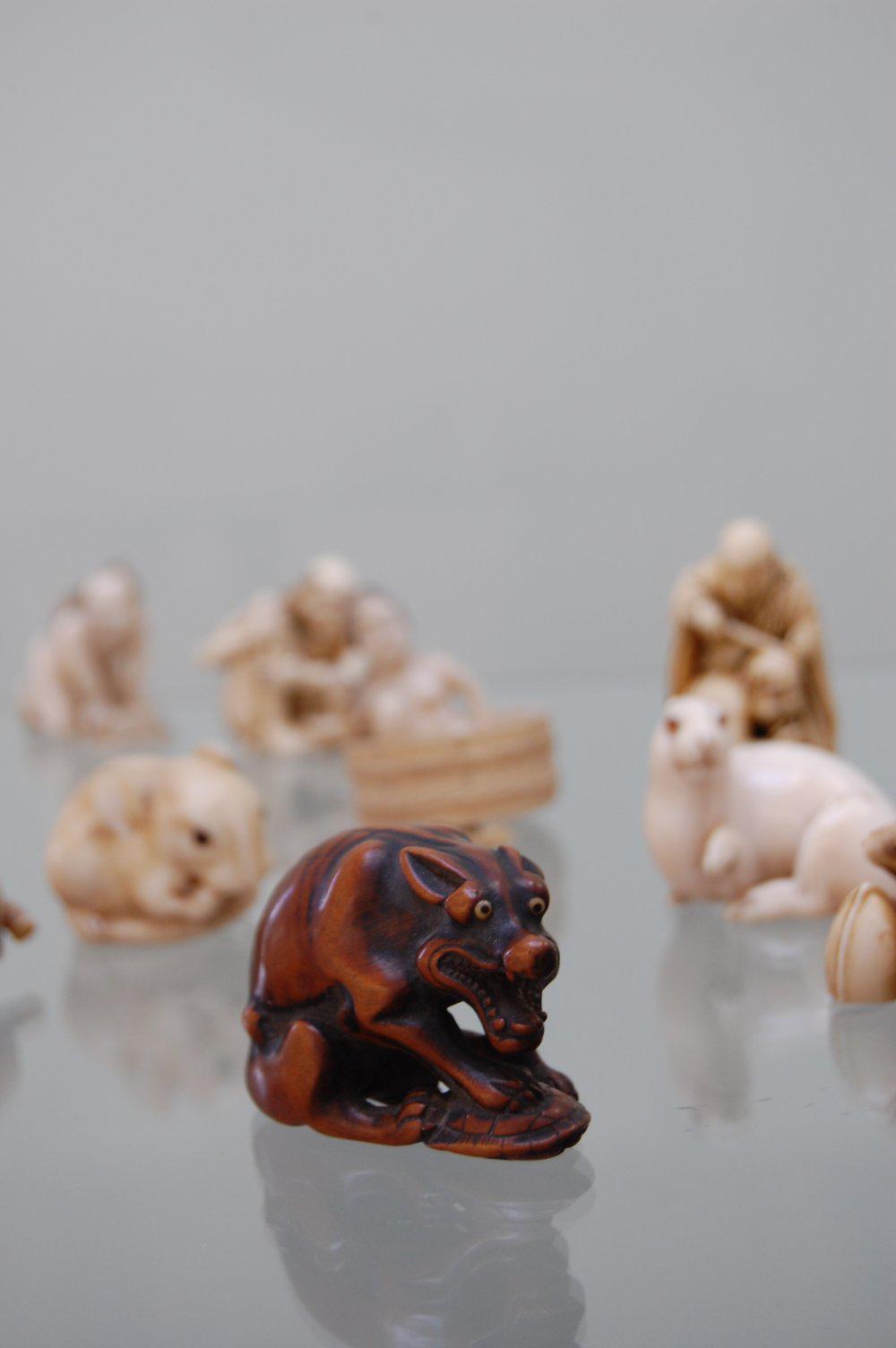Like many moneyed scions, Charles decided against joining the family business, choosing life as an art patron instead. He bankrolled, edited, and wrote for France’s leading art periodical of the day, the Gazette des Beaux-Art, and eventually became interested in the Impressionists, befriending, and buying work from, Claude Monet, Édouard Manet, Edgar Degas, Pierre Renoir, and Camille Pissarro. Such was his importance to their milieu that he’s believed to be the model for the titular character of Marcel Proust’s Swann’s Way, and for the top-hatted gent in the background of Renoir’s painting, Luncheon of the Boating Party.
Most importantly, Charles acquired the hare and hundreds of other figurines like it. Known as netsuke, these ornamental curios were meant to attach to a box containing a man’s personal effects (pipe, tobacco, etc.) to the sash, or obi, of his robe. Their exquisite craftsmanship made them highly desirable, especially during the period craze for Japanese art known as Japonisme, which had a pronounced impact on artists such as Manet, James Whistler, and Mary Cassat. Charles eventually gifted the netsuke to his cousin Viktor, but some sixty years later they’d play a role in the family’s dramatic downfall at the hands of the Nazis.

































